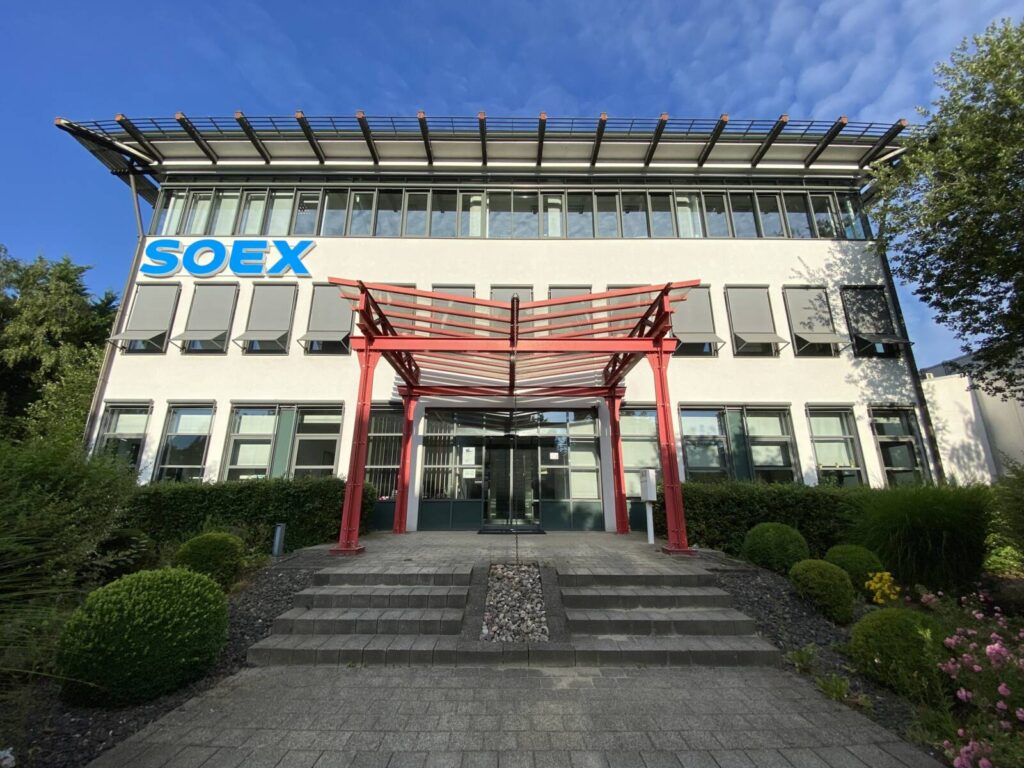OPINION: We stand at the crossroads of innovation and sustainability with the future of packaging depending on our ability to close the loop on material use and create a truly circular economy.
No material is better placed to do so than glass which can be infinitely recycled without losing quality, making it one of the most inherently sustainable packaging materials. But, while recycling and reusing cullet is an essential part of this journey, focusing solely on the glass itself isn’t enough to create the sustainable supply chain we need for the future.
To make a difference, we need to address the entire supply chain and examine every element from manufacturing to distribution to see where the sectors carbon footprint can be minimised. It’s only by adopting comprehensive sustainability strategies that the industry can meet and exceed sustainability goals.
Expanding the scope and closing the loop
Closing the loop on glass involves a careful orchestration of activities like collection, sorting, and processing to ensure glass is continuously reused. Here, issues around recycling such as combined glass and paper bins are causing reduced return rates, with mixed recycling contaminating glass meaning it can’t be reused. Similarly, mixed recycling of glass and paper also stops paper being reused. There are clear and actionable changes that can be made to fix this, and we already see other countries implement better systems to increase glass recycling.
Additionally, the UK’s existing Packaging Waste Recovery Notes (PRN) system resulted in 335,00 tonnes of cullet being exported from the UK in 2022 alone resulting in new glass needing to be made or shipped in from elsewhere greatly increasing the carbon footprint of the manufacturing process.
By tackling this, we can get the PRN price to a more affordable level keep more glass in the UK, something that’s better it is for the sector and the environment. For each 10% of cullet used in the creation of a bottle, the carbon emissions of the bottle decrease by roughly 5%, so there’s serious carbon savings to be made.
But, when we look at the environmental challenges facing the packaging industry today, we see that recycling glass alone won’t deliver the emissions reductions needed. Manufacturers must take a more holistic approach to address Scope 1, Scope 2, and Scope 3 emissions and it’s something we’re already doing at Encirc.
One area where there’s significant room for improvement is packaging waste related to transport and distribution. For instance, the widespread use of plastic stretch-wrap in packaging logistics adds unnecessary waste to the supply chain. Reducing our reliance on these materials is essential, not only from a sustainability standpoint but also from a cost-efficiency perspective.
We’re already working closely with our partners to trial the use of brown paper wrap – meaning we’d be distributing zero per cent plastic packaging to retailers – a game changer for distribution in the industry.
Collaboration is key
Consumers are increasingly prioritising sustainability in their purchasing decisions, pushing brands and retailers to adopt eco-friendly practices. Meeting these demands means manufacturers must be adaptable and need to work closely with partners to find innovative solutions that satisfy consumer expectations without compromising on quality.
The more closely people work together, the easier it is to understand the full picture and impact of different decisions, as well as innovate new processes and technology that can provide solutions to the challenges at hand. Additionally, the more collaboration that takes place, the easier it is to invest in the infrastructure and technology needed to make these changes happen, rather than discussed. Far too often, ideas are discussed and not actioned. If we don’t action changes now, then when?
Our “Vivid Vision” plan is focused on bringing people together and working with our partners to drive down emissions such as with brown paper wrap and our new 300g lightweight glass bottles and these are just a couple of examples of how collaboration is already making a difference.
But it’s not just within the sector itself that collaboration is needed. The government needs to work closely with the packaging and glass sector to better understand the pressures and impacts of its proposed legislation both sustainably and economically.
Understanding external forces
Businesses are under increasing pressure to demonstrate their efforts in reducing carbon footprints and adopting circular economy principles under new legislation from the government and wider global standards. Legislation for the sector itself isn’t a negative thing and can be an opportunity for new innovations and a way to make sure sustainable practices are actioned, however poorly implemented legislation could pose a barrier to this.
Legislation such as Extended Producer Responsibility (EPR) aims to shift the cost of waste management onto producers and increases financial pressure on glass manufacturers to ensure the recycling of their products. This includes covering the costs of collection, sorting, and recycling infrastructure.
Defra’s initial EPR fees for glass were a challenge for the sector, and while these have since been revised down, the risk is that it could still put glass at a competitive disadvantage in busy beverage market – despite it being one of the most inherently sustainable materials.
By judging packaging materials by weight, the sector may see a shift to less recyclable and less circular materials, something that can only be addressed by changing the methodology for EPR fees.
If the government listens and collaborates with the sector, then EPR could still be implemented successfully. The opportunity could be to encourage manufacturers to design more sustainable packaging and invest in closed-loop recycling processes to reduce the environmental impact of glass production. Embracing EPR could drive innovation and increase the efficiency of circular economy practices, but the correct implementation is a necessity.
Making sustainable packaging a reality
The packaging industry is at a pivotal moment, where the decisions we make now will determine the environmental legacy we leave behind. To truly make sustainable packaging a reality, we need to adopt a multifaceted approach. It’s not just about recycling more glass – it’s about cutting emissions across the board and rethinking the way products are transported, packaged, and presented to consumers.
At Encirc, we believe that a greener future for glass packaging is within reach. But it’s going to take bold, comprehensive strategies that prioritise collaboration, innovation, and a shared commitment to sustainability.









Subscribe for free